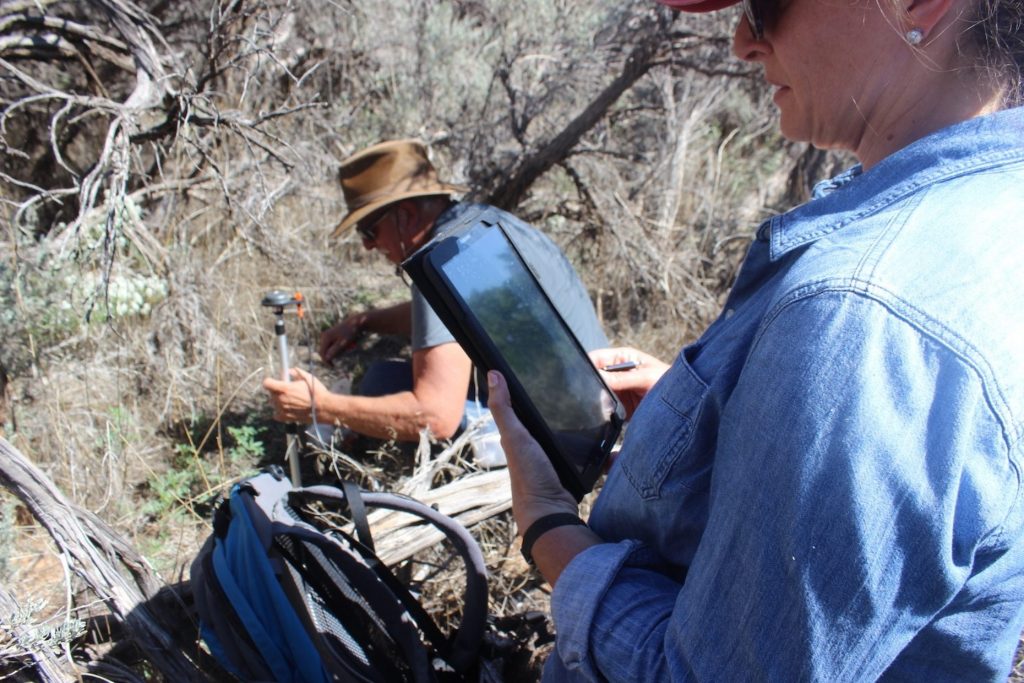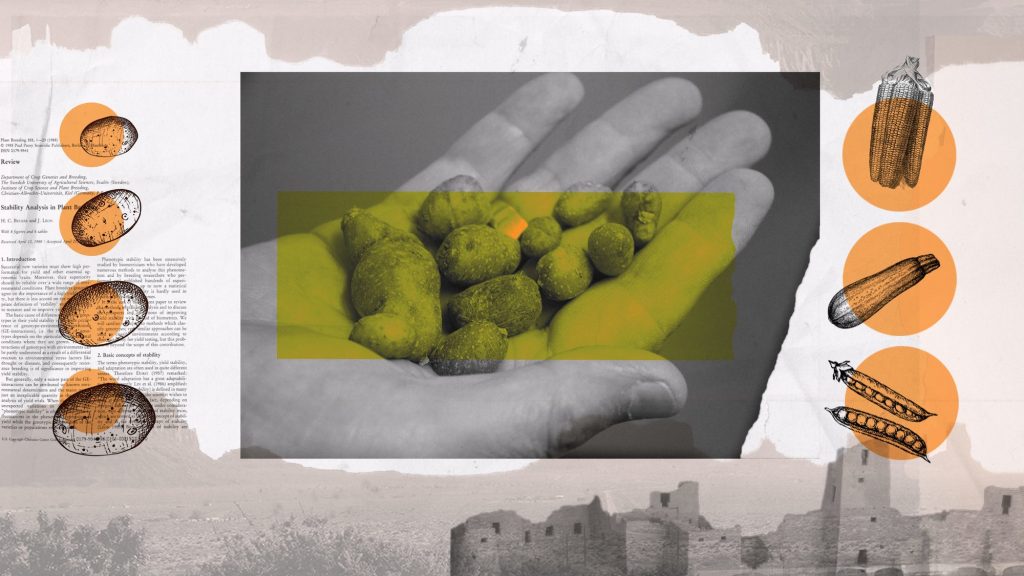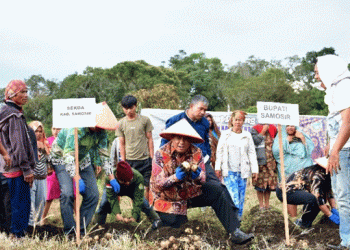Exploring the Legacy and Future of Solanum jamesii in Agriculture
In the arid landscapes of the American Southwest, a small but resilient potato species has supported Indigenous communities for millennia. Known scientifically as Solanum jamesii, or the Four Corners potato, this ancient crop has nourished people for over 11,000 years. Today, researchers from the USDA are delving into the potato’s remarkable traits, including its long shelf life, disease resistance, and resilience to extreme weather conditions. This exploration is uncovering new potentials for this ancient plant in modern agriculture.
A Historical Treasure with Modern Implications
The rediscovery of the Four Corners potato has been driven by the collaborative efforts of scientists like Bruce Pavlik and Lisbeth Louderback from the University of Utah. Their work has traced the historical use of this potato by the Ancestral Pueblo, Ute, and Diné peoples, revealing its integration into Indigenous agricultural systems alongside maize, squash, and beans—the “Three Sisters” of Southwestern farming. This discovery has positioned the Four Corners potato as a key player in understanding the development of early agriculture in North America.
Genetic Research and Agricultural Advancements
Leading the charge on the genetic front is USDA geneticist John Bamberg. His research focuses on leveraging the unique genetic traits of Solanum jamesii to enhance common potato varieties. By studying its DNA, Bamberg’s team aims to breed potatoes that are more resistant to disease, heat, and drought—an increasingly critical goal in the face of climate change. One of the most impressive attributes of the Four Corners potato is its ability to remain viable for up to eight years when stored in a refrigerator, offering significant advantages for food storage and security.

Bridging Past and Present
Cynthia Wilson, a Diné nutritionist and advocate for traditional foods, is also part of this groundbreaking team. Wilson’s work centers on reintroducing the Four Corners potato to Native gardens and communities. By collecting ancestral knowledge from Diné elders, Wilson is helping to revive cultural practices and culinary traditions associated with the potato. This effort not only honors the past but also provides a sustainable food source for future generations.
Fieldwork and Cultural Significance
Fieldwork plays a crucial role in this research. Pavlik and Louderback have trekked across the Four Corners region, using advanced GPS technology to locate and study wild potato plants. Their findings have shown that these potatoes were widely used, transported, and cultivated across the area. This evidence supports the theory that Indigenous peoples not only foraged but also actively cultivated and possibly domesticated these potatoes, marking a significant event in agricultural history.
The Future of the Four Corners Potato
The potential applications of the Four Corners potato extend far beyond historical and cultural significance. As modern agriculture faces the challenges of climate change, food security, and sustainable practices, the traits of Solanum jamesii offer valuable solutions. Its resilience and long shelf life make it a promising candidate for breeding programs aimed at developing more robust and sustainable potato varieties.
Conclusion
The journey of the Four Corners potato from an ancient staple to a modern agricultural marvel is a testament to the enduring value of traditional knowledge and scientific innovation. As researchers continue to uncover its secrets, the Four Corners potato stands as a symbol of resilience and potential, bridging the gap between past and future in the agricultural world.









